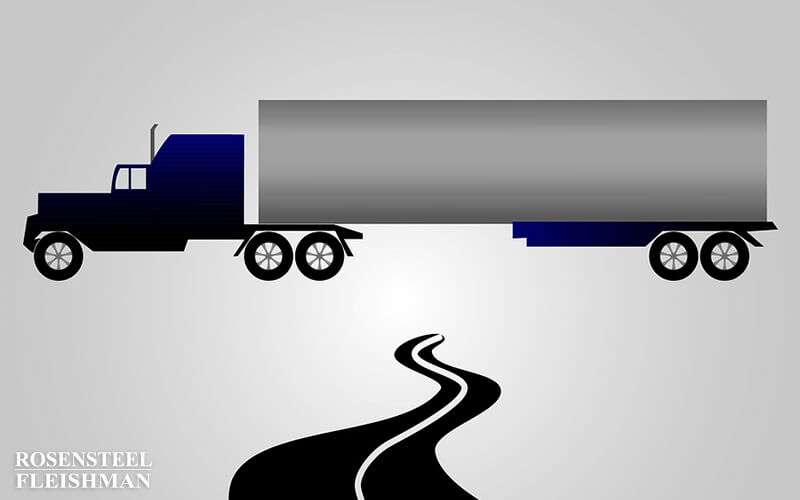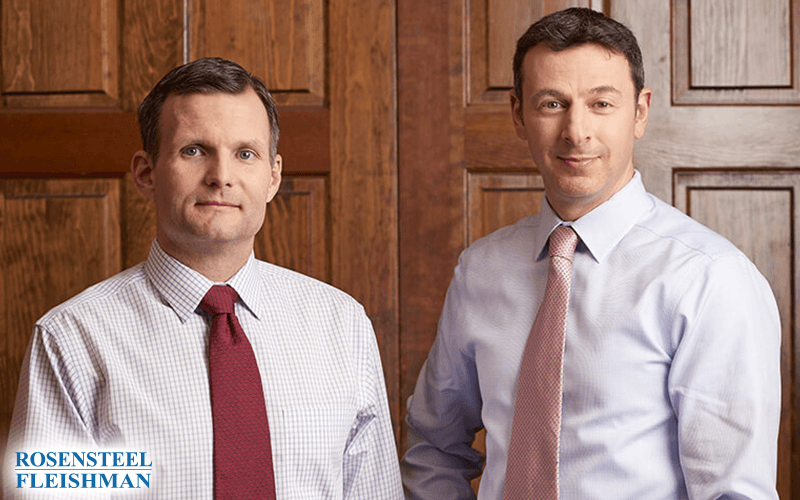Being involved in a car accident can shake up your entire day, if not your entire month. Whether it’s a minor fender bender or something more serious, dealing with the aftermath often feels like stepping into a world full of confusion. One minute you're heading to work, the next you're standing beside a damaged car, […]

Three Killed in Rear-End Accident with Tractor-Trailer
Early this morning, a car traveling at an estimated 100 miles per hour rear-ended a tractor-trailer on I-77. The collision occurred around 1:45 a.m. and with such force that the car was pinned under the back of the tractor-trailer as a result. The driver of the tractor-trailer did not realize that there had been accident and, instead, thought that the truck had suffered a flat tire. The tractor-trailer then dragged the pinned car for about 1,500 feet before stopping. The three people in the car were killed. The driver of the tractor-trailer was shaken up, but not injured. Officials investigating the accident do not know if alcohol played a role, and they do not believe that weather played a role in the accident. However, they have stated that the car was estimated to be traveling at a rate of 100 miles per hour before the accident.
Although this accident is far from typical in that investigators described it as one of the worst they have seen, accidents involving rear-ending are fairly common. In assessing who is responsible for civil damages, typically, the following driver is at fault in a rear-end accident. This is because anyone driving a vehicle on the road has a duty to follow other cars with enough distance to avoid hitting them should they stop. Specifically, North Carolina statute G.S. 20-152(a) states that “[t]he driver of a motor vehicle shall not follow another vehicle more closely than is reasonable and prudent, having due regard for the speed of such vehicles and the traffic upon and the condition of the highway.”
A claim for damages is based on the theory of negligence. To collect damages for injuries sustained in a car accident, an injured person must prove that another driver failed to comply with a duty to exercise reasonable care and that this failure both actually and proximately caused the injuries. When a driver fails to comply with his duty to follow cars with enough distance to avoid hitting them should they stop, and because of this failure the driver rear-ends the car in front of him and causes injuries, that driver is negligent.
Does this statute necessarily mean that the following driver is always at fault for rear-end collisions? Not always. Some states have a rear-end presumption, where the fact of a rear-end collision can allow a jury to infer negligence on the part of the following driver. However, the following driver can rebut this presumption by presenting evidence which shows the negligence of another party.
North Carolina does not have a rear-end presumption, but courts have acknowledged that typically a rear-end collision is caused through some negligence of the following motorist. However, courts have cautioned this is not an “absolute rule” and a court should examine the unique facts of each case to determine negligence. North Carolina courts have explained that
The relative duties automobile drivers owe one another when they are traveling along a highway in the same direction are governed ordinarily by the circumstances in each particular case. Ordinarily the mere fact of a collision with a vehicle ahead furnishes some evidence that the following motorist was negligent as to speed, was following too closely, or failed to keep a proper lookout. This is, however, by no means an absolute rule to be mechanically applied in every rear-end collision case. Whether in a particular case there be sufficient evidence of negligence to carry that issue to the jury must still be determined by all of the unique circumstances of each individual case, the evidence of a rear-end collision being but one of those circumstances. If all of the evidence, even when considered in the light most favorable to the plaintiff, negatives any actionable negligence on the part of the defendant, or if the evidence when so considered still leaves the question of any negligence on the part of the defendant as a matter of mere speculation and conjecture, nonsuit is proper.
Racine v. Boege (N.C. App. 1969)
So if a rear-end accident is not always the fault of the following driver, what are some examples of a situation in which the lead driver is at fault? A following driver is not at fault when the following driver is stationary and the driver in front reverses into the following driver. In addition, a following driver might not be at fault when a car suddenly merges in front of the following driver without leaving enough space. If the lead car then slows or stops, a collision might be the fault of the lead driver and not the following driver, as long as the following driver was not speeding or violating another traffic law.
It is also possible for both the following car and the lead car to sha+re fault. For example, if the lead car’s brake light did not work, a rear-end collision could be the fault of both drivers. In most states, an injured party’s negligence will reduce the amount of damages he can recover. However, North Carolina is one of a handful of states that follows the strict doctrine of contributory negligence. Under the doctrine of contributory negligence, an injured party’s contributory negligence can act as a complete bar to his recovery of damages even if the defendant is also negligent.
If you have been injured in a rear-end car accident, contact an attorney at Rosensteel Fleishman Car Accident & Injury Lawyers (704) 714-1450, to discuss your options.
Additional Car Accident Articles
Getting rear-ended in traffic or jolted during a sudden stop is more than just a frustrating inconvenience. For many Charlotte drivers, what follows isn’t always visible. Whiplash is one of the most common injuries that people experience after a car accident, and yet it’s often misunderstood or overlooked. The pain might start off mild or […]
After a serious car accident, it's normal to feel overwhelmed. Between dealing with injuries, lost time from work, and the endless calls from insurance companies, most people aren’t sure what their next step should be. The physical pain is hard enough, but the uncertainty of what comes next only adds to the stress. You’re likely […]
If you’ve recently been in a car accident in Charlotte, there’s a good chance you’re feeling overwhelmed. The immediate chaos—calls to insurance companies, medical visits, missed work—can quickly snowball into long-term stress. On top of everything else, you might be wondering whether you should talk to a lawyer, especially if you’re not even sure how […]
